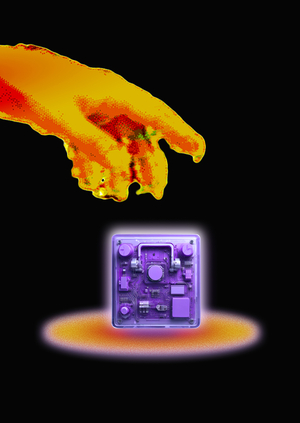
Underground Heritage
Have you ever looked at the subway walls like museum windows? Every day, we pass through marble and granite stoves without seeing that there are traces of creatures living hundreds of millions of years ago. Metro is not only a path from point A to point B, but also an invisible portal to the geological past.

We’ll try to figure out how the fossils ended up in the walls of the subway, which organisms lived long before the dinosaurs, and why the Moscow and Petrenburg subway could be considered the most unusual museum on the move!

Our introduction to the subject of fossils on the subway begins with an interview with a biological candidate, Jeanne Antipuscina.

In an interview, Jeanne answers the most frequently asked questions. For example, why do few know about the subway fossils?
Now that we have an understanding of what and why to look for, I want to try to find fossils on my own. That’s what the Hyde Smoggling can do for us.
The cards are interactive: in a coup on the back, there’s a tip to help you start looking.
The next step is an interactive map of the St. Petersburg and Moscow subway. It has stations where fossils are most common.
A clue is given when you point the crucifix to the station. You can find out the name of the station, as well as what kinds of fossils were observed at it.
To understand the true value of these findings, you need to know their origin. Why are these fossils even here? How did they get into the marble and the granite of the station? To that end, a separate page with a short history of paleontology was created.
The story is presented as a dive in the eras, as in the descent of the escalator.
Each geological era is illustrated in a simple and understandable way, from our time to our paleozos. This helps us to see how deep the roots of a seemingly ordinary stone are in time.
Final stage: Archival of fossils. It gathers the most common fossils that can be found at subway stations. It’s a visual knowledge base: short descriptions, photographs, location.
The archive is written in black and white style, like ancient scientific journals.
The navigation on the archive is simple and convenient: List the cards to learn more.
Now you know that right under the ground — on platforms and in transitions — you can see traces of prehistoric life. After this Longrid, you’ll look at the subway with very different eyes and perhaps go on your own to look for fossils.
You can study Langrid directly from your phone — on the subway, on your way home, or during a walk. The interface remains convenient and understandable.



